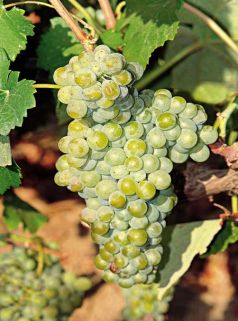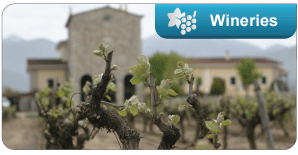Malagousia
Malagousia is the quintessence of the modern renaissance of the New Wines of Greece witnessed in the last twenty years. It is the personification of the way Greek wine producers are rediscovering their potential. In the 1970s, Malagousia was a white variety known to very few and thought to be extinct. Today, after painstaking work from university professors and top growers, Malagousia is widely considered a world class grape, producing outstanding dry whites, as well as a few dazzling sweet examples.
Malagousia makes wines that are medium pale, lemon green in color while the nose is very intense and highly expressive, showing hints of peaches, green bell pepper, basil and flowers. On the palate, it is round, full but always fresh, with moderately high levels of alcohol. Sweet versions are made with late harvest grapes as they are even more dense and more aromatic. In general, oak ageing flatters Malagousia, but many stainless steel versions are equally impressive. It is a grape believed to originate from the west part of Central Greece (Aitoloakarnania) and known mainly for its use in the production of sweet wines. Modern day plantings resurfaced in the Halkidiki region in Macedonia, and there are currently numerous producers cultivating Malagousia in most vine-growing parts of Greece.
Malagousia is a hugely successful variety, widely acclaimed around the world. Its wines are grand examples of aromatic whites, full of vibrancy and complexity. When dry, it can be an exquisite match to greens, salads and even artichokes, a famous “wine killer.” Sweet wines are finely paired with fruit desserts. Surprisingly, dry Malagousia can age in the bottle for four years or more while sweet wines need four to seven years to unfold their potential and indeed keep well beyond that.



